Hair extensions are a game-changing beauty option, providing added length, volume, and styling flexibility for those looking to refresh their appearance. A common question for those considering this investment is: how long do hair extensions last? This guide explores the lifespan of various hair extension types, factors influencing their durability, and tips to ensure they last as long as possible. Explore Govihair’s guide below and discover how to make your investment last beautifully.
How Long Do Different Types of Hair Extensions Last?
Clip-In Hair Extensions
Clip-in hair extensions are a versatile, temporary option that typically lasts between three to six months with proper care. Their removable nature means less stress on your natural hair, contributing to their longevity. For those who use them occasionally, such as for special events, clip-ins can last up to a year. To maximize how long do hair extensions last clip-in in this category, gently brush with a loop brush, wash them sparingly (every 20–30 wears) with sulfate-free shampoo, and store them in a cool, dry place, preferably in a silk bag or on a hanger.
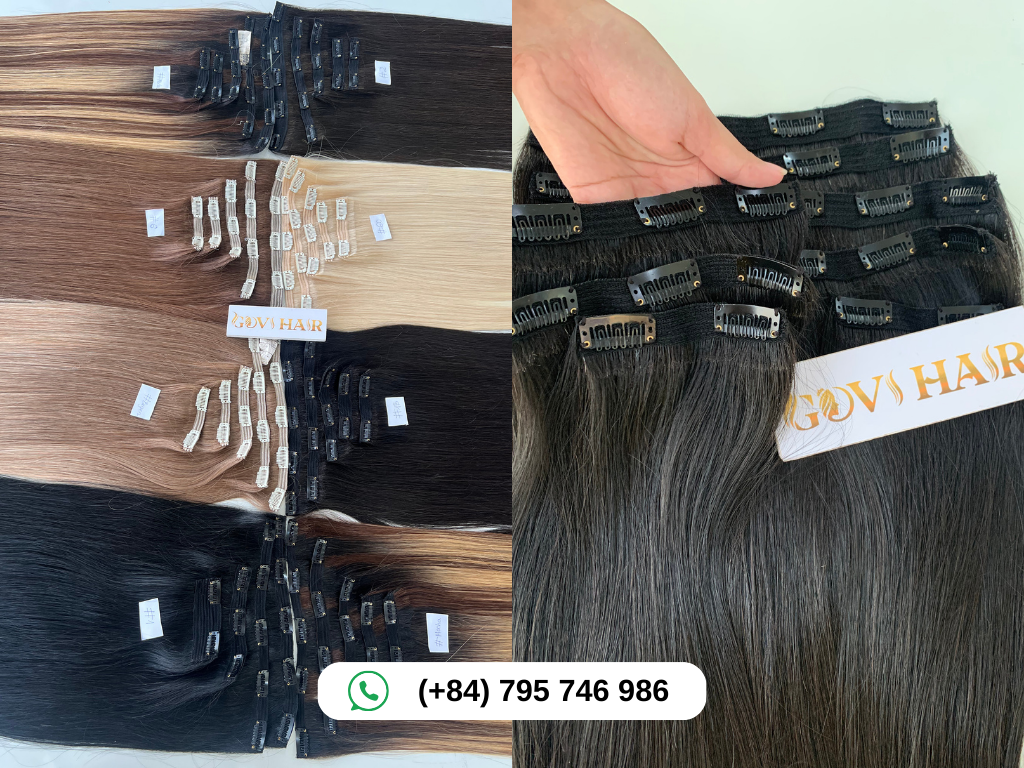
Tape-In Hair Extensions
Tape-in hair extensions typically last between four to eight weeks before requiring repositioning as your natural hair grows. They are applied using adhesive strips, providing a smooth and natural-looking finish. With consistent maintenance, the same set of tape-ins can be reused for up to six months by reapplying new adhesive. To extend how long do hair extensions take for tape-ins, avoid oil-based products near the adhesive, wash every 7–10 days with gentle products, and schedule professional repositioning every six to eight weeks.

Keratin Tip Hair Extensions
Keratin tip hair extensions, applied using keratin bonds, typically last between three to four months with proper care. These extensions offer a stable, long-lasting hold but must be professionally removed and reapplied as your natural hair grows out. Regular maintenance, such as avoiding excessive heat and using a sulfate-free shampoo, can help maximize hair extensions last in this category. Visiting a salon for bond checks every two to three months ensures the extensions remain secure and undamaged.
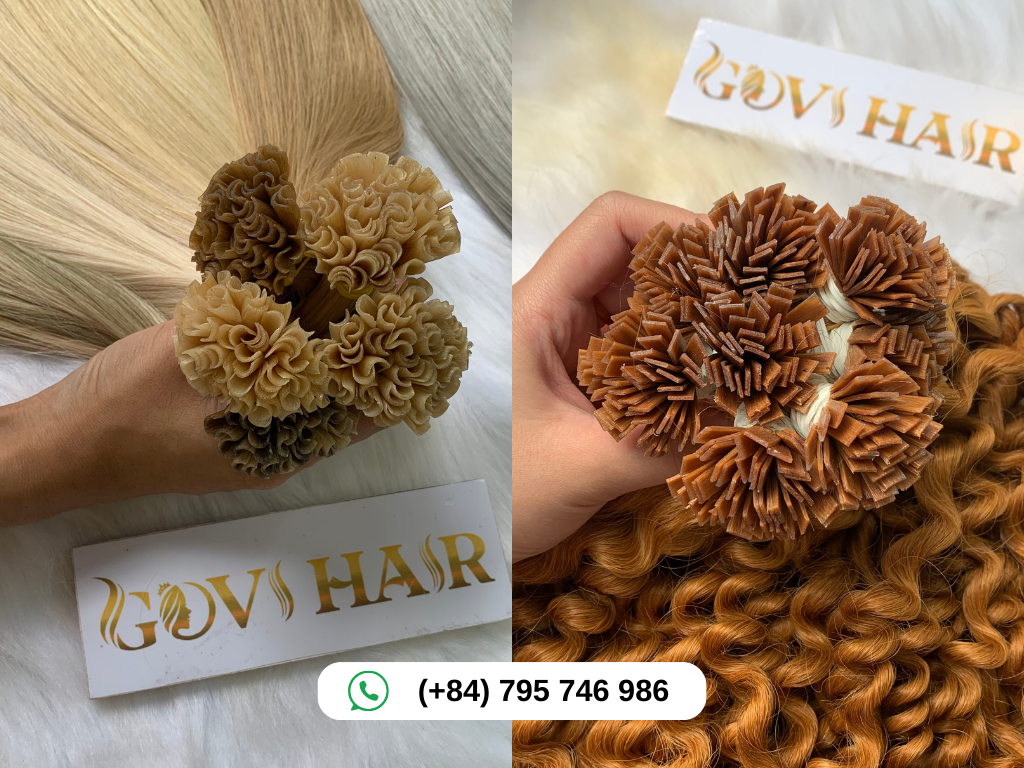
Sew-In Hair Extensions
Sew-in hair extensions, commonly chosen for protective styles, generally last between six to eight weeks with proper maintenance. These extensions are applied by braiding the natural hair into cornrows and then sewing the wefts directly onto the braids. Their longevity is influenced by how tightly the braids are done and the rate at which your natural hair grows. To prolong hair extensions last for sew-ins, keep the scalp clean and moisturized, avoid heavy tension, and schedule professional reweaving every four to six weeks to prevent matting or scalp irritation.
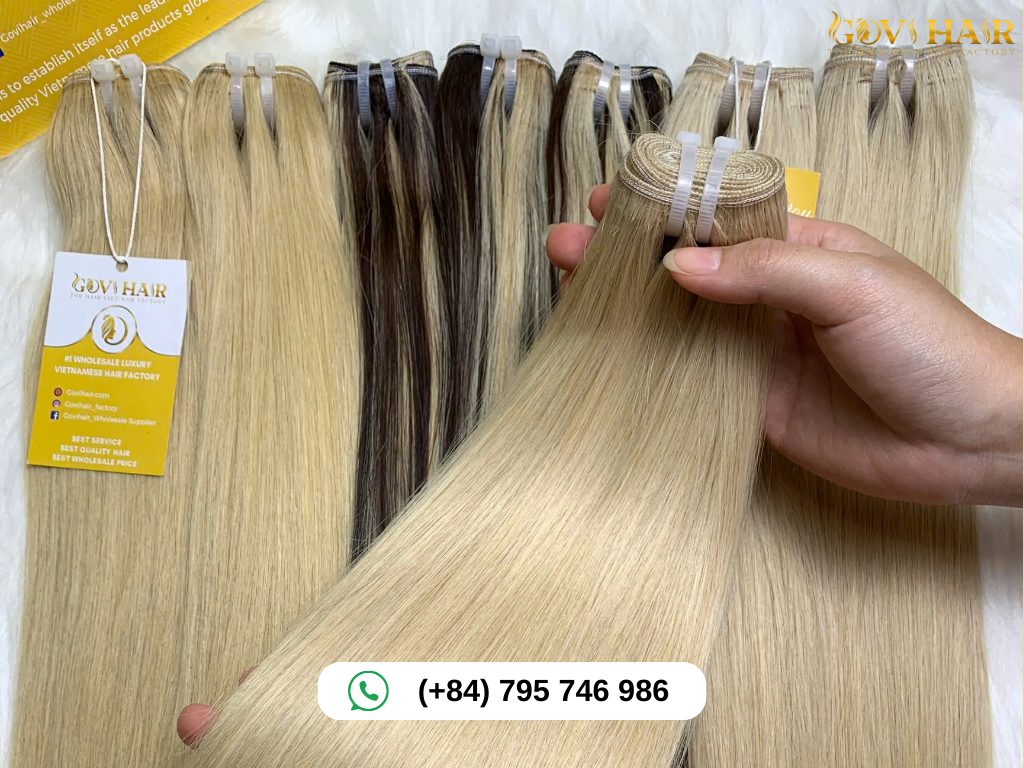
Micro Link Hair Extensions
Micro link hair extensions, also known as micro bead extensions, typically last between three to four months with proper maintenance. These extensions are applied using tiny beads that are clamped to your natural hair, providing a secure, glue-free alternative. Regular tightening every four to six weeks is necessary to prevent slippage as hair grows. To ensure how long do hair extensions take for micro links, gently brush to avoid pulling on the beads and use lightweight products to maintain hair health.

Wigs
Wigs offer the longest lifespan among hair extension types, typically lasting ten to twelve months or more with proper care. Since wigs are not attached to the scalp, they experience less wear from daily styling or environmental factors. To extend the lifespan of wigs with hair extensions, store them on a mannequin head or in a silk bag, minimize heat styling, and wash them every 10–15 wears, choosing hair care products that are specifically made for human or synthetic wigs, based on the wig material.

>> Read More: What Are the Different Types of Hair Extensions? The Complete Guide to Choosing
Which Hair Extensions Last the Longest?
When considering hair extensions last, wigs, micro-links, clip-ins, and fusion extensions are top choices for longevity. However, your decision should factor in styling needs, budget, and flexibility. Consulting a professional hairstylist can help you choose wisely.
Wigs last the longest, up to 10–12 months, due to their removable nature and easy storage. Micro-link extensions last 3–4 months with professional tightening every 6–12 weeks, offering a glue-free, durable option. Clip-ins, also lasting 3–6 months (or longer with minimal use), provide flexibility with easy application and removal. Fusion extensions, lasting 3–4 months, use keratin bonds for a secure, natural look but require professional upkeep.
Your choice depends on lifestyle and priorities. Wigs and clip-ins suit those wanting low maintenance, while micro-links and fusion extensions are ideal for semi-permanent styles. Consider how long do hair extensions last and cost and styling needs, and consult a stylist to find the best fit for you.
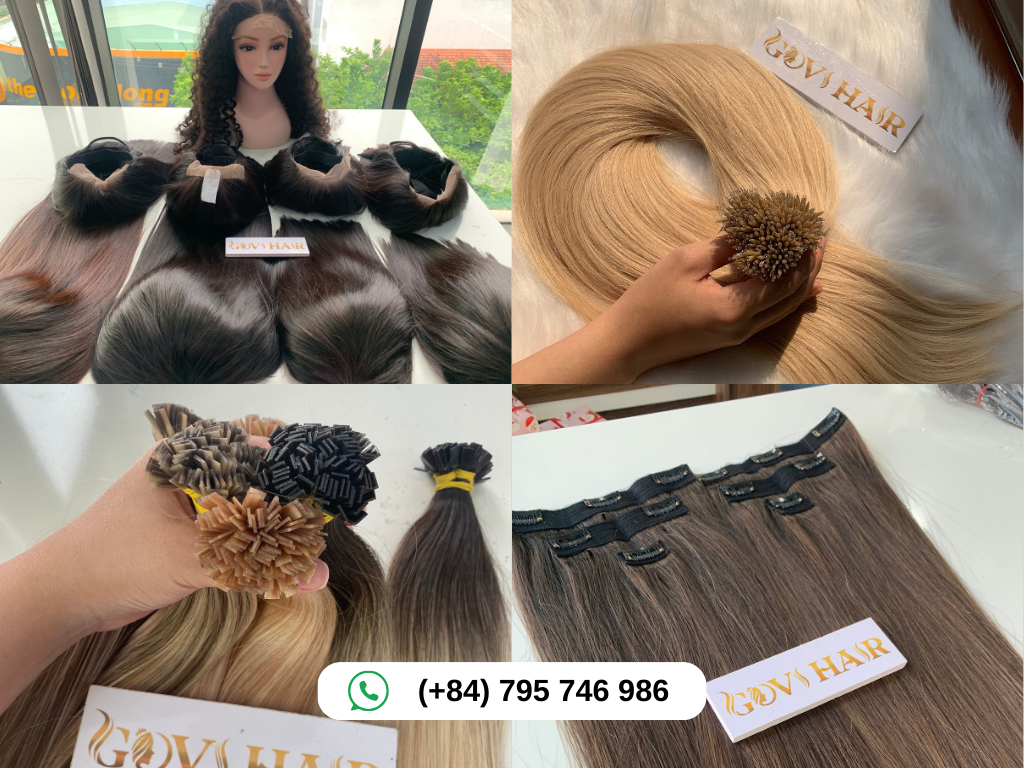
Factors Affecting Hair Extension Longevity
Several factors can influence how long your hair extensions last. The hair quality (raw, virgin, or processed) plays the biggest role, as higher-grade hair naturally lasts longer. Proper maintenance and care like gentle washing, conditioning, and avoiding excessive heat also extend their lifespan.
- Hair Quality: The lifespan of extensions is heavily influenced by the type and overall quality of the hair used in their construction. High-quality human hair, such as Remy hair, can last longer—often up to 6–12 months with proper care—due to its natural strength and cuticle alignment. Synthetic hair, while more affordable, typically lasts only 1–3 months as it’s prone to tangling and fading.
- Installation Technique: Proper application by a skilled professional is critical for extending the life of hair extensions. Poorly installed extensions, such as overly tight sew-ins or improperly bonded fusion extensions, can damage both the extensions and your natural hair, reducing their lifespan.
- Maintenance Routine: Regular care is essential to keep extensions looking fresh and lasting longer. Neglecting maintenance can shorten the lifespan of even high-quality extensions, while consistent care can help tape-ins last up to 8 weeks and wigs up to a year.
- Lifestyle and Activity Level: Your daily activities impact how long do hair extensions last. Active lifestyles involving frequent exercise, swimming, or exposure to humidity and chlorine can cause extensions to wear out faster. For example, clip-in extensions are ideal for those with active routines, as they can be removed to avoid damage, lasting up to 6 months or more.
- Environmental Exposure: Elements such as UV rays, saltwater, and air pollution can break down the fibers in hair extensions, leading to dryness, fading, or reduced lifespan.
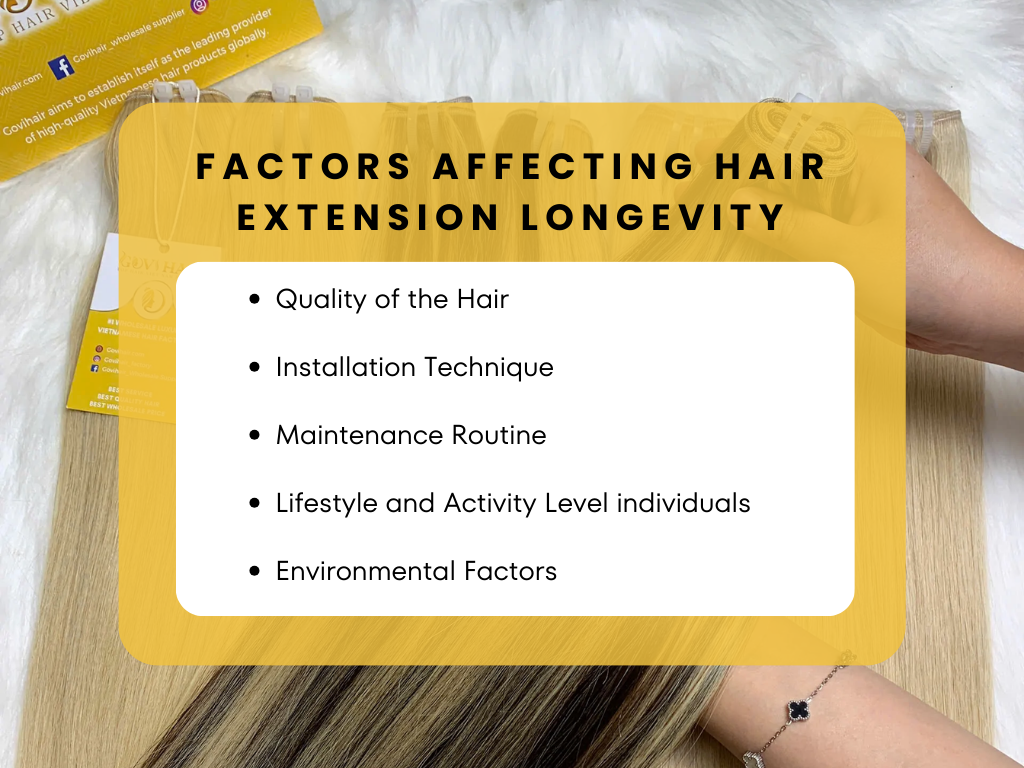
We offer two main types of hair, each with different lifespan:
Raw Hair (Single Donor)
- Premium quality, high value.
- Can be bleached to light/blonde colors.
- Lifespan: 2–5 years with good care.
- Popular in America, Asia, and Europe.
Virgin Hair (Many Donors)
- More affordable option.
- Suitable for darker hair colors.
- Lifespan: 1–2 years.
- Preferred by customers in Africa.
With proper care, both types of hair can keep their softness, smoothness, and shine for a long time.
How to Choose the Right Hair Extensions
Understanding Your Hair Type and Texture
Selecting the right hair extensions begins with finding a close match to your natural hair’s color and texture for a seamless blend. Extensions come in a range of textures, from straight to curly, and selecting one that blends seamlessly ensures a natural look. If your hair is fine and straight, opt for lightweight extensions to avoid strain. For thicker, coarser hair, denser extensions provide a balanced appearance. Consider whether you want human hair, which offers versatility and longevity, or synthetic options, which are often more affordable but less durable. Matching texture not only enhances aesthetics but also impacts how long do hair extensions last, as well-fitted extensions reduce tangling and stress on your natural hair.
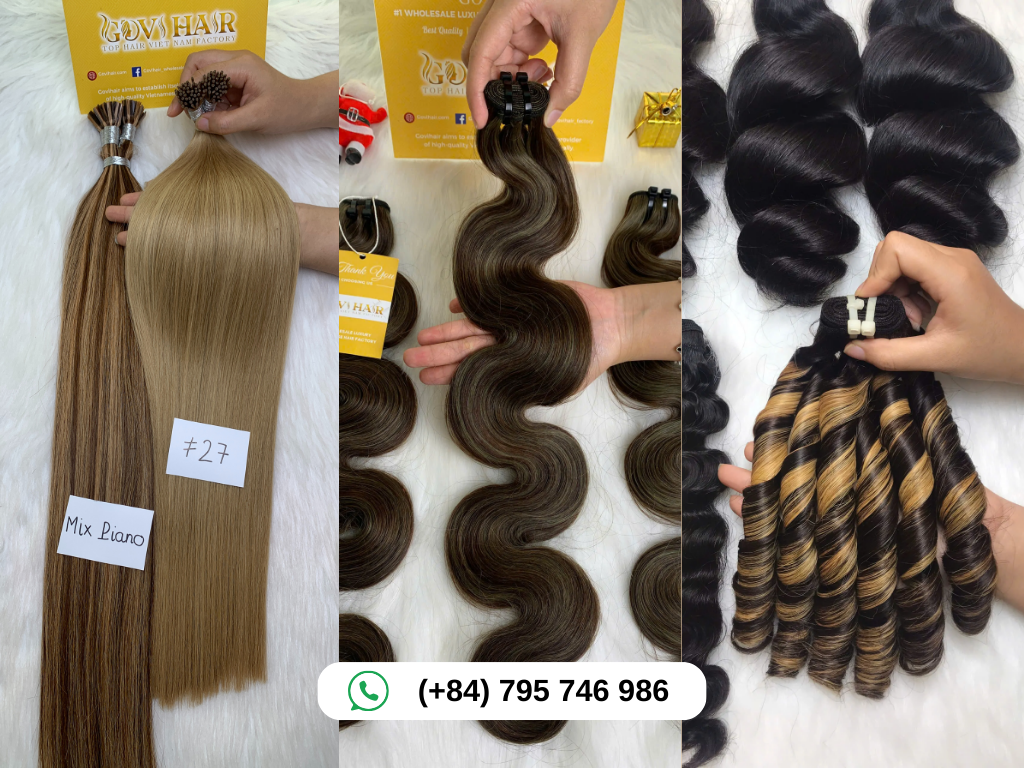
Assessing Your Lifestyle Needs
Your daily routine plays a significant role in determining the best hair extension method. Active individuals, such as those who exercise frequently or swim, may prefer removable options like clip-ins, which can be taken out to avoid damage from sweat or chlorine. For those seeking a low-maintenance, semi-permanent solution, tape-ins or micro links offer convenience but require regular upkeep. If you prefer a dramatic change without long-term commitment, wigs provide full coverage and easy removal. Lifestyle compatibility ensures your extensions remain practical and influences hair extensions last, as proper care tailored to your activities extends their lifespan.
Evaluating Your Budget
How long do hair extensions last and cost is a critical factor when choosing hair extensions. Temporary options like clip-ins are generally more affordable, with a lifespan of several months, making them a cost-effective choice for occasional use. Semi-permanent methods, such as fusion or sew-ins, involve higher upfront costs due to professional installation and maintenance. Wigs may come with a higher price tag, but with proper care, they can last up to a year or even longer. Balancing initial investment with longevity is essential—cheaper extensions may need frequent replacement, while premium options often last longer. Understanding how long do hair extensions last helps you weigh the value of each method against your budget.
Matching Hair Color for a Seamless Blend
Color matching is crucial for a natural appearance. Extensions should closely align with your hair’s shade, whether you’re aiming for a subtle enhancement or a bold contrast. If you dye your hair, choose extensions that can be colored to match, noting that human hair extensions handle dyeing better than synthetic ones. A poor color match can make extensions obvious and may require more frequent replacements due to visible wear. Proper color coordination supports the longevity of your extensions, tying directly into how long do hair extensions last by reducing the need for premature removal or adjustments.

Weighing the Impact on Natural Hair
Protecting your natural hair is vital when selecting extensions. Methods like clip-ins and wigs are less invasive, causing minimal stress to your scalp and hair. Sew-ins, while protective for some hair types, can strain braids if not installed correctly. Fusion and micro links, which involve bonding or beads, may cause damage if removed improperly. Choosing a method that prioritizes hair health ensures your natural hair remains strong, which in turn supports the longevity of your extensions. This consideration ties into how long do hair extensions last, as healthier hair supports better extension performance.
How to Maintain Hair Extensions for a Longer Lifespan?
Proper maintenance is the key to making your hair extensions last longer. Regular gentle washing, conditioning, and careful detangling help preserve their softness and shine. Limiting heat styling and using the right hair products also protect the strands from damage. With consistent care, high-quality extensions can stay beautiful and durable for years.
- Washing and Conditioning: Proper washing keeps extensions clean without stripping their natural oils, directly impacting how long hair extensions last. Choose a sulfate-free, extension-safe shampoo and conditioner to prevent drying out the hair. Sulfates can weaken bonds in fusion or tape-in extensions, reducing their lifespan. Wash every 7–10 days, or after 15–20 wears for clip-ins, to avoid buildup.
- Brushing and Detangling: Regular brushing prevents tangles, which can cause matting and breakage, shortening how long hair extensions last. Choose a loop brush or wide-tooth comb designed for hair extensions to gently detangle without causing breakage. Always start brushing from the ends and work your way up to avoid putting strain on the bonds or beads. Brush 2–3 times daily, especially before and after wearing clip-ins or wigs.
- Heat Styling and Protection: Excessive heat can damage extensions, affecting how long hair extensions last, especially for human hair types like Remy. Minimize the use of heat styling tools like blow dryers, flat irons, and curling wands to preserve the integrity of your extensions. When styling, apply a heat protectant spray and keep temperatures below 350°F (175°C). Always let extensions cool completely before brushing or storing to maintain their shape.
- Sleeping and Storage: Proper handling during sleep and storage is crucial for preserving how long hair extensions last, particularly for removable types. For semi-permanent extensions like tape-ins or fusion, loosely braid or tie hair in a low ponytail before bed to prevent tangling. Use a silk or satin pillowcase while sleeping to minimize friction and help prevent tangling or breakage. For clip-ins and wigs, remove them before sleeping and store them in a silk bag or on a mannequin head in a cool, dry place to maintain their structure and prevent matting.
- Professional Maintenance: Regular salon visits ensure extensions remain secure and healthy, directly affecting how long hair extensions last. For tape-ins, schedule repositioning every 48 weeks to adjust for hair growth. Fusion and micro link extensions need professional tightening every 6–12 weeks to prevent slippage.
- Avoiding Environmental Damage: External factors like chlorine, saltwater, and humidity can degrade extensions, impacting how long hair extensions last. Protect your extensions from harsh pool or sea water by using a leave-in conditioner and a swim cap before diving in. Rinse thoroughly after exposure. In humid climates, use anti-frizz products to prevent tangling. Avoid prolonged sun exposure, as UV rays can fade and weaken human hair extensions, especially dyed ones.

FAQs
Do permanent hair extensions last longer than clip-ins?
Yes. Permanent extensions like tape-ins, keratin, or sew-ins usually last 6–12 weeks before needing reinstallation, while clip-in extensions can last 1–2 years since they’re not worn every day.
How long does raw Vietnamese hair last compared to virgin hair?
Raw hair is the most durable, lasting 2–5 years with proper care, while virgin hair typically lasts 1–2 years.
How can I make my hair extensions last longer?
Use sulfate-free shampoo, condition regularly, minimize heat, store extensions properly, and brush gently to extend their lifespan.
Conclusion
Hair extensions offer a versatile way to enhance your look, but their lifespan depends on type, quality, and care. From wigs lasting up to a year to clip-ins enduring several months, each option has unique benefits. Knowing how long do hair extensions last empowers you to make the best choice for your style and budget.
At Govihair, we make it easy for you to test our quality with a small MOQ starting from just 300 grams or even 1 wig. Choose from lengths ranging 8” to 32”, with 22–26” being the most popular among our buyers. We also offer different thickness levels to fit your market needs—from Double (70–80% thickness at the ends), Super Double (80–90% with no short hair under 40 cm), to our Super Premium grade (over 90% with no short hair under 45 cm). With proper care, our raw hair lasts 2–5 years and virgin hair lasts 1–2 years, ensuring long-lasting value for your investment.
Whether you need extensions, textures, or premium grades, GOVIHAIR has everything to help you grow your business with confidence. Contact us today to get the best wholesale quote!
Chat with Us:
- WhatsApp: (+84) 795 746 986
- Email: [email protected]
- Instagram: govihair_vietnamhair_factory
- Tik Tok: govihairvietnam_official
- Website: govihair.com









 Ms. Victoria
Ms. Victoria